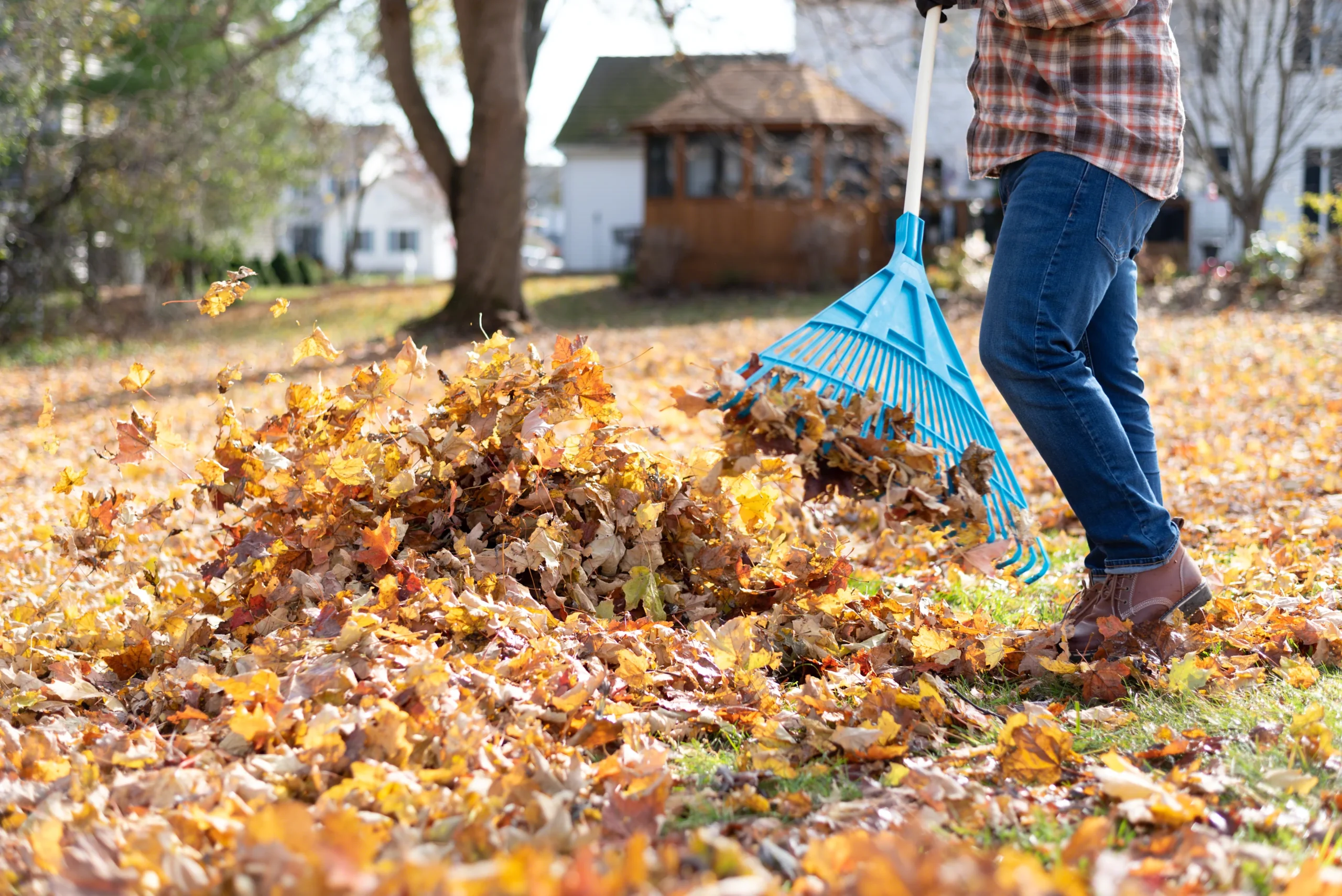As the seasons change, many homeowners face the inevitable chore of dealing with fallen leaves. While it might seem like a simple cleanup task, timely leaf removal Henderson NV is actually crucial for maintaining a lush, healthy lawn. Ignoring fallen leaves can lead to a host of problems — from pest infestations to poor lawn growth.
In this article, we’ll explore why removing leaves promptly is so important, and how this practice connects with other essential services like consulting an arborist, tree service, or even tree removal when necessary. We’ll also examine how leaf management ties into effective lawn weed control strategies.
What Happens If You Don’t Remove Leaves on Time?
You might wonder, “Why does it really matter if a few leaves stay on my lawn for a little longer?”
Here are the key issues that arise from delayed leaf removal:
• Blocked sunlight: A thick layer of leaves blocks sunlight from reaching the grass, hindering photosynthesis.
• Moisture buildup: Leaves trap moisture underneath, creating a damp environment that promotes fungal diseases and mold.
• Pest attraction: Decaying leaves provide shelter for pests like ticks and insects that can harm your lawn and garden.
• Weed growth: Thick leaf cover creates bare patches beneath, allowing weeds to establish themselves, complicating your lawn weed control efforts.
How Does Timely Leaf Removal Benefit Your Lawn?
1. Promotes Healthy Grass Growth
Removing leaves promptly allows your grass to breathe and soak up sunlight, which is essential for photosynthesis and nutrient absorption. This encourages thicker, greener turf.
2. Reduces Disease Risks
A dry lawn is a healthy lawn. Clearing leaves reduces the risk of fungal diseases such as snow mold or rust, which thrive in damp, shaded conditions.
3. Prevents Weed Infestations
By eliminating leaf cover, you reduce shady spots where weeds can thrive, making your lawn weed control regimen more effective.
When Should You Call an Arborist or Tree Service?
Sometimes, the sheer volume of leaves points to bigger issues with your trees. An arborist or professional tree service can help assess the health of your trees and advise on maintenance strategies.
Questions to ask your arborist or tree service:
• Are my trees healthy, or could they be contributing to excessive leaf fall?
• Is any tree showing signs of disease or infestation that needs attention?
• Could any trees require pruning or even tree removal to improve my lawn’s condition?
• What ongoing tree maintenance will reduce leaf debris and improve overall landscape health?
How Does Tree Removal Affect Leaf Management?
While it may sound extreme, tree removal can sometimes be the best solution for a problematic tree causing excessive leaf litter or shading out your lawn.
Reasons to consider tree removal:
• Dead or diseased trees that shed leaves continuously.
• Trees that block sunlight and prevent grass growth.
• Trees whose roots disrupt lawn integrity or underground irrigation systems.
A professional tree service can guide you through whether removal is necessary and handle it safely.
Can Leaf Removal Improve Lawn Weed Control?
Absolutely! Consistent leaf removal is a foundational step in any effective lawn weed control plan.
Here’s why:
• Weeds often sprout in bare, shaded patches where leaves have smothered grass.
• Removing leaves improves soil conditions, helping grass outcompete weeds.
• With less leaf debris, herbicides or organic weed control methods can better penetrate the soil.
How to Effectively Remove Leaves: Tips and Techniques
Not all leaf removal methods are created equal. Here are some smart ways to manage leaves without damaging your lawn:
• Use a mulching mower: Instead of bagging leaves, mulch them finely into the lawn. This adds nutrients and avoids compacted piles.
• Rake regularly: Don’t wait for all leaves to fall—frequent raking prevents thick layers.
• Leaf blowers: Great for large yards but be mindful of noise and power use.
• Hire professionals: Many tree service companies offer seasonal leaf removal, especially for large properties.
When Is the Best Time for Leaf Removal?
• Early fall: Start raking as soon as leaves begin to fall to prevent buildup.
• After heavy storms: Leaves can accumulate quickly and trap moisture.
• Late fall: Final cleanup before winter prevents mold and snow mold damage.
What Role Does Seasonal Tree Care Play in Leaf Management?
A proactive tree service plan can reduce leaf volume by pruning dead branches and maintaining tree health. Consulting an arborist regularly helps anticipate leaf fall patterns and prepare your lawn care schedule accordingly.
Quick Checklist for Timely Leaf Removal Success
• Schedule regular leaf removal in fall and after storms.
• Consult an arborist or tree service for tree health assessments.
• Combine leaf removal with mulching to nourish grass.
• Incorporate leaf removal into your lawn weed control program.
• Consider tree removal if certain trees cause excessive shading or leaf litter.
Conclusion
A beautiful, healthy lawn requires more than just watering and mowing—it demands smart, timely care that addresses all environmental factors. Leaf removal is one of the most critical, yet often overlooked, aspects of lawn maintenance. By clearing leaves promptly, you ensure your grass gets the sunlight, air, and nutrients it needs to thrive.
Moreover, leaf management works hand in hand with professional tree care services. Consulting an arborist or hiring a tree service not only helps manage leaf fall but can also guide decisions about pruning or tree removal that benefit your entire landscape.
Finally, don’t forget how important leaf removal is in maintaining effective lawn weed control. Removing leaves reduces weed-friendly habitats and promotes healthier turf that can resist invasive plants naturally.
Incorporate timely leaf removal into your lawn care routine, and you’ll enjoy a vibrant, resilient lawn year after year—one that’s the envy of your neighborhood. landscaper Henderson NV



